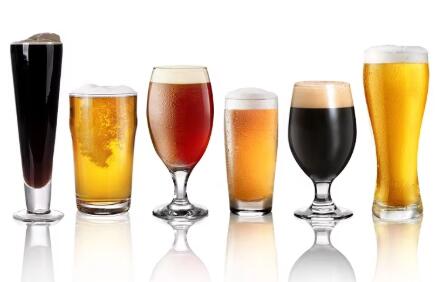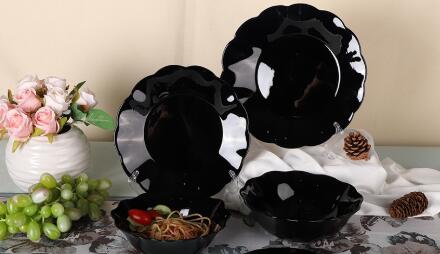why the line design glassware are so popular in Eurpean counry
Pulished on Sep. 30, 2024Line engraving on glass cups is a timeless craft that combines artistry with precision. This technique has evolved over centuries and remains popular for both functional and decorative glassware. In this exploration, we’ll delve into the history, design ideas, techniques, and the enduring popularity of line-engraved glass cups.
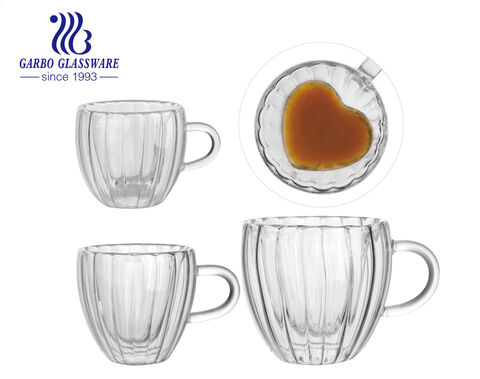
Do you know what the " line " design is so popular, Especially in European country, the love to buy the line design series of all glassware item such as glass cup, wine glass, glass bowl, glass jug , glass jar. for this part we will move on the history which mention below:
The origins of glass engraving date back to ancient times, with the earliest forms found in the Roman Empire. However, it wasn’t until the Renaissance that the craft began to flourish, particularly in regions like Bohemia and Venice. Craftsmen developed intricate techniques, using tools to carve designs directly into glass surfaces. By the 18th century, line engraving became a popular way to decorate glassware, allowing artisans to create detailed patterns, landscapes, and motifs that captured the imagination.
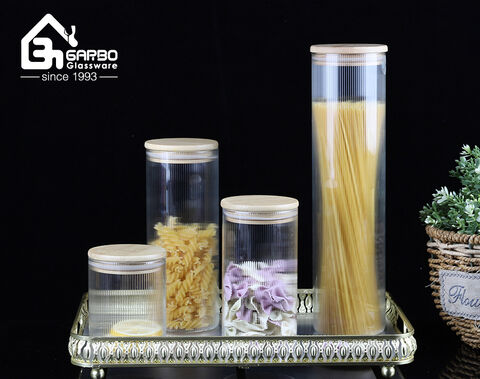
Today, line-engraved glass cups are sought after for their aesthetic appeal and craftsmanship. They are popular for personal gifts, wedding favors, corporate branding, and decorative home items. The unique quality of engraved glass adds a touch of elegance and personalization that mass-produced items cannot replicate. The growing interest in artisanal products and handmade crafts has further fueled demand for engraved glassware.
Line engraving involves several techniques, each contributing to the final design's texture and depth:
Hand Engraving: This traditional method requires skill and precision. Artisans use a burin or diamond-tipped tool to carve designs by hand, allowing for intricate detail and personal touch. Hand engraving is time-consuming but results in unique pieces.
Machine Engraving: With advancements in technology, machine engraving has become popular for producing intricate designs quickly. CNC (Computer Numerical Control) machines can replicate complex patterns with high precision, making it suitable for large orders.
Sandblasting: This technique uses abrasive particles to etch the glass surface. While not a traditional engraving method, sandblasting can create stunning effects and is often used in combination with line engraving to add depth to designs.
Maintenance and Care

To preserve the beauty of line-engraved glass cups, proper care is essential. Here are some tips:
Hand Wash Only: Engraved glassware should be hand washed with a mild detergent. Avoid using abrasive sponges, as they can scratch the design.
Avoid Extreme Temperatures: Sudden temperature changes can cause glass to crack. It’s best to avoid putting hot liquids in cold glass or vice versa.
Store Carefully: When stacking or storing engraved glass cups, use protective padding to prevent scratches or damage to the engraving.
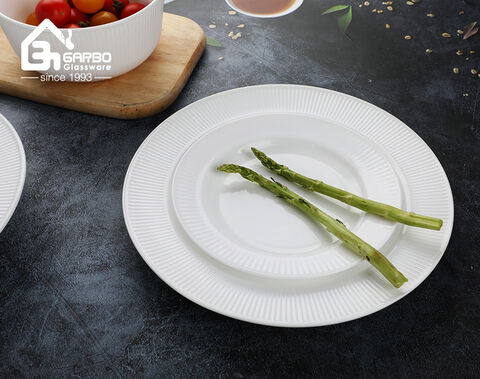
Line engraving on glass cups is a beautiful blend of artistry and craftsmanship, steeped in history and evolving with modern trends. The popularity of engraved glassware continues to rise as people seek unique, personalized items that convey meaning and beauty. Whether through delicate floral designs, modern geometric patterns, or personalized text, line engraving offers endless possibilities for creativity and expression. As you explore the world of engraved glass cups, consider not only the aesthetic appeal but also the story behind each piece and the artistry involved in its creation.







